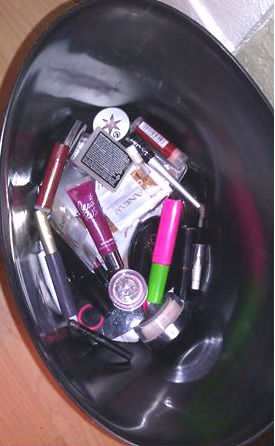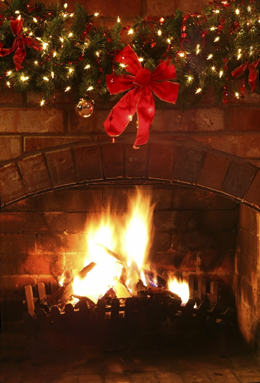June is National Healthy Homes Month (NHHM). This year's theme is Growing Up Healthy: 5 Minutes to a Healthier Home, and it focuses on the opportunity to protect current and future generations of children from the exposures to lead from contaminated paint, dust and soil; through the importance of home assessments and the impact it has on your health.
At EHC, we believe that a home should be a safe and nurturing environment, especially for children. Everyone deserves a healthy home, yet this is not the lived reality for many residents in low-income communities of color. Many homes in San Diego's environmental justice (EJ) communities were built before 1979 and may have lead-based paint hazards in and around the buildings, which can cause permanent brain damage and other serious health problems in children.
CHECK OUT THESE INFOGRAPHICS FROM NHHM:
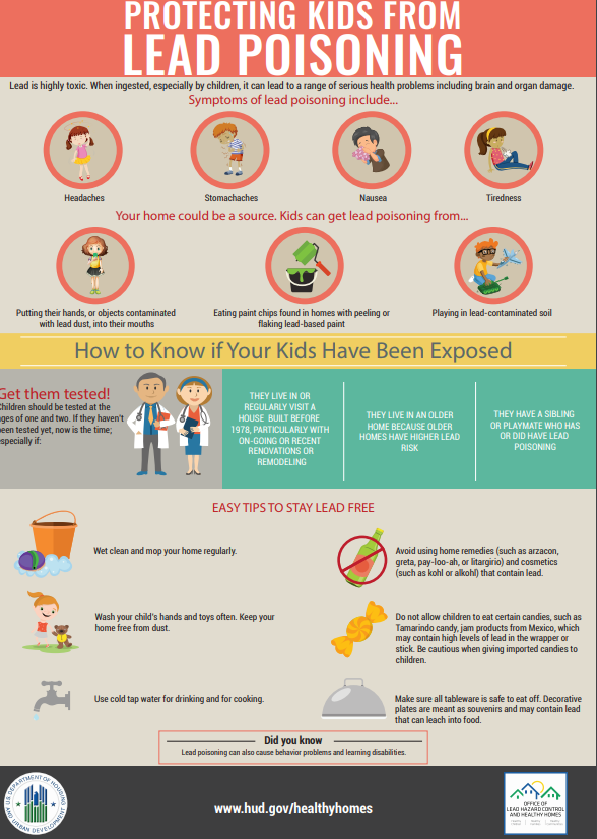 |
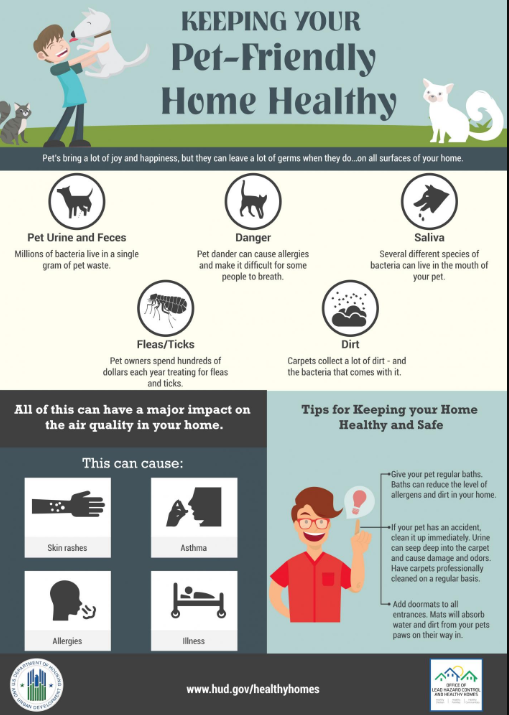 |
WHAT CAN YOU DO?
Here are eight principles of keeping a home healthy (from HUD):
- Keep it Dry
Prevent water from entering your home through leaks in roofing systems, rainwater from entering the home due to poor drainage, and check your interior plumbing for any leaking. - Keep it Clean
Control the source of dust and contaminants, creating smooth and cleanable surfaces, reducing clutter, and using effective wet-cleaning methods. - Keep it Safe
Store poisons out of the reach of children and properly label. Secure loose rugs and keep children's play areas free from hard or sharp surfaces. Install smoke and carbon monoxide detectors and keep fire extinguishers on hand. - Keep it Well-Ventilated
Ventilate bathrooms and kitchens and use whole house ventilation for supplying fresh air to reduce the concentration of contaminants in the home. - Keep it Pest-free
All pests look for food, water, and shelter. Seal cracks and openings throughout the home; store food in pest-resistant containers. If needed, use sticky-traps and baits in closed containers, along with least toxic pesticides such as boric acid powder. - Keep it Contaminant-free
Reduce lead-related hazards in pre-1978 homes by fixing deteriorated paint, and keeping floors and window areas clean using a wet-cleaning approach. Test your home for radon, a naturally occurring dangerous gas that enters homes through soil, crawlspaces, and foundation crack. Install a radon removal system if levels above the EPA action-level are detected. - Keep your home Maintained
Inspect, clean and repair your home routinely. Take care of minor repairs and problems before they become large repairs and problems. - Thermally Controlled
Houses that do not maintain adequate temperatures may place the safety of residents at increased risk from exposure to extreme cold or heat.
MORE RESOURCES


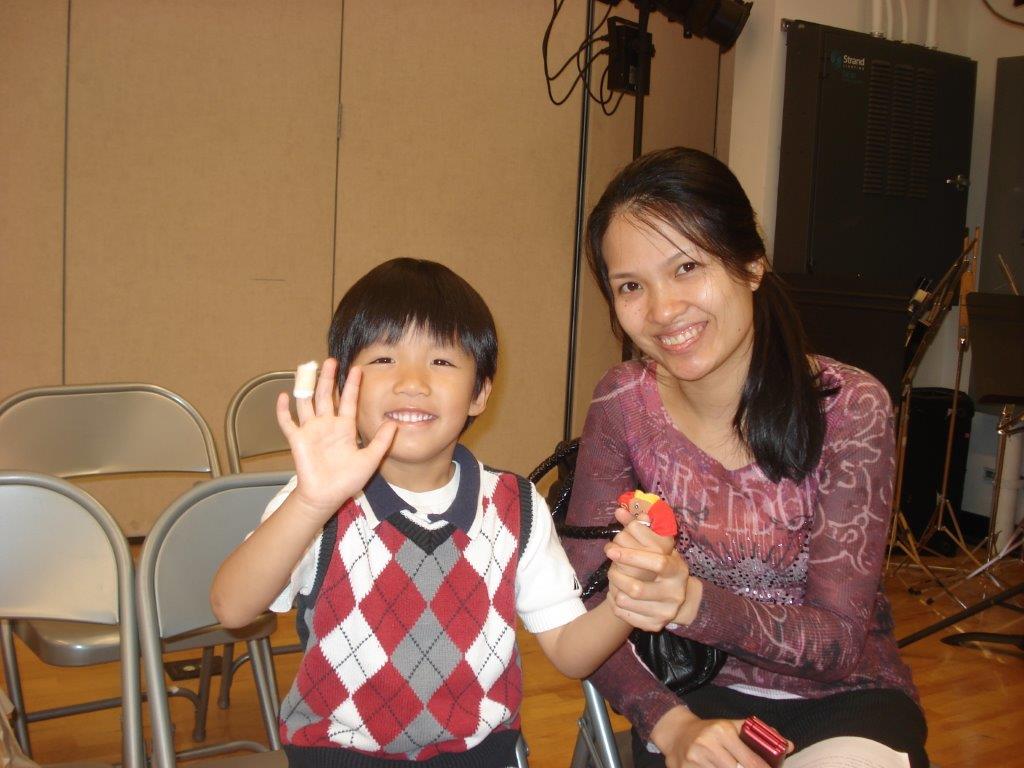
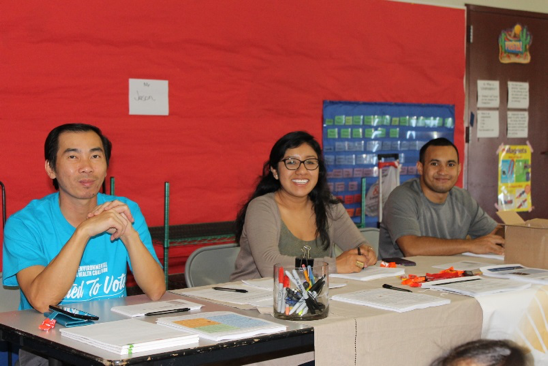
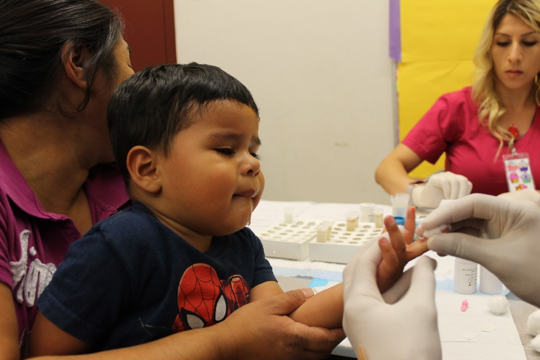



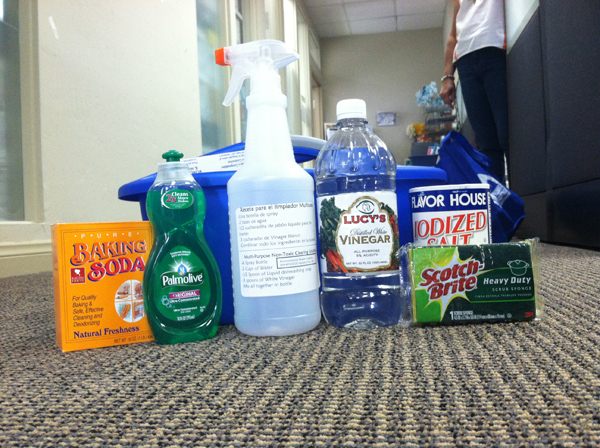
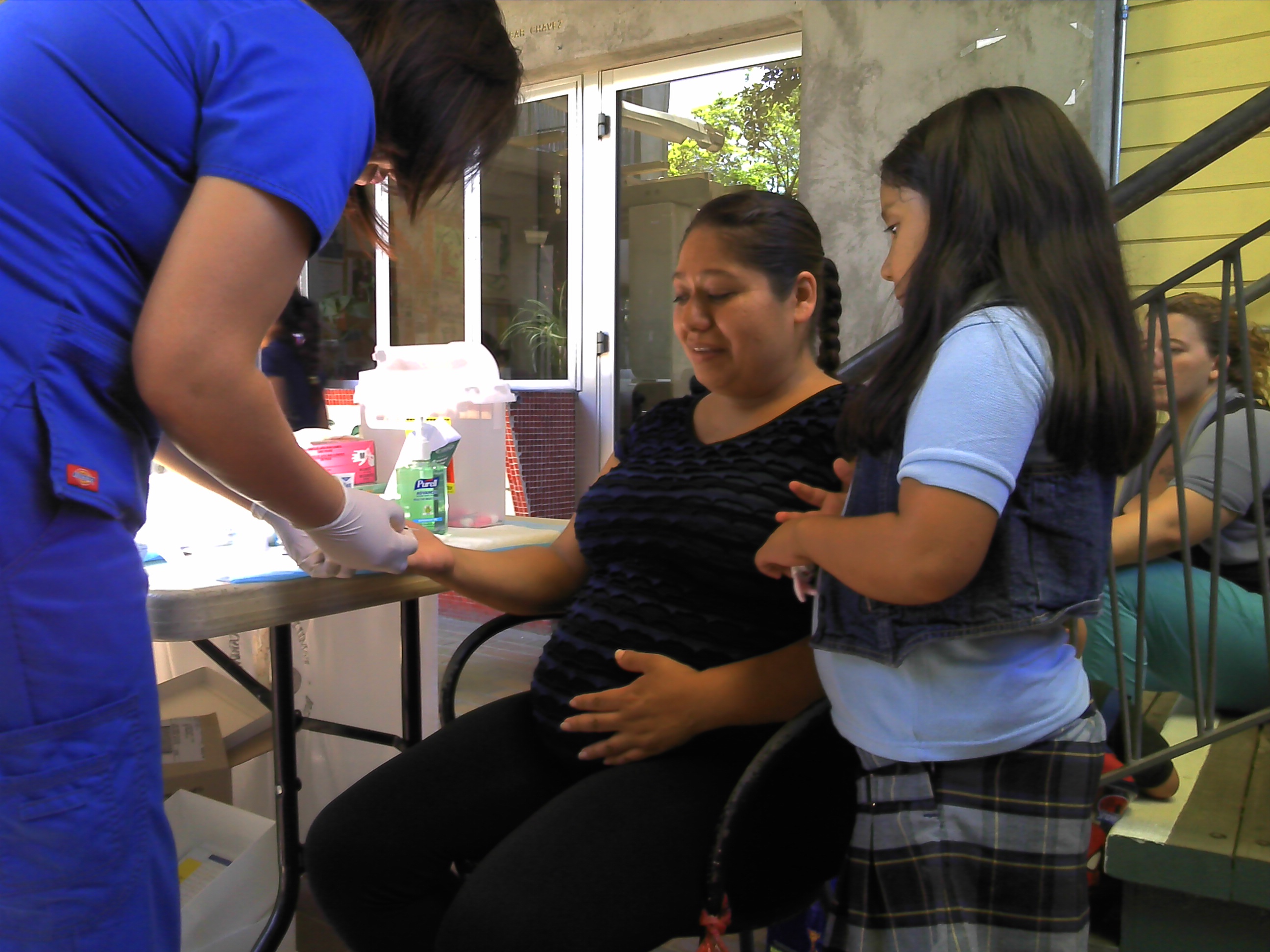 Last week we partnered with San Diego's Home Safe Home program and the
Last week we partnered with San Diego's Home Safe Home program and the 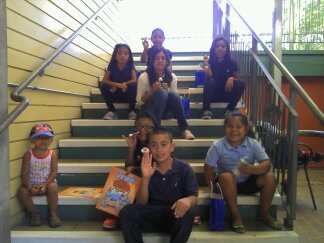 Did you know 75 percent of homes built before 1979 contain some lead-based paint? Lead is most commonly found on exterior-painted surfaces, interior woodwork, doors and windows. EHC recommends children get a blood-lead test every year until age six to prevent blood-lead poisoning.
Did you know 75 percent of homes built before 1979 contain some lead-based paint? Lead is most commonly found on exterior-painted surfaces, interior woodwork, doors and windows. EHC recommends children get a blood-lead test every year until age six to prevent blood-lead poisoning.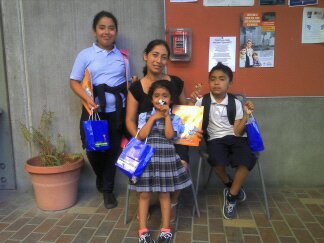
 I never thought stop signs would mean so much in my life. Last week I joined the community of Old Town National City in celebrating the
I never thought stop signs would mean so much in my life. Last week I joined the community of Old Town National City in celebrating the 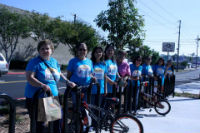 feel the joy, pride and sense of accomplishment with every step; the city had heard the community voice and listened. Residents confirmed how proud they were to have been involved in the planning process.
feel the joy, pride and sense of accomplishment with every step; the city had heard the community voice and listened. Residents confirmed how proud they were to have been involved in the planning process. the student pick-up and drop-off area at the school and increase outdoor lighting and shading.
the student pick-up and drop-off area at the school and increase outdoor lighting and shading. 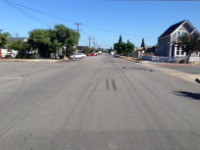
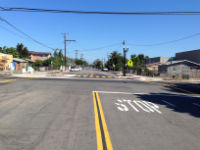

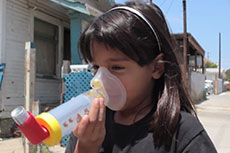
.jpeg) With these tips from our Healthy Homes Experts, you don't have to worry about your loved ones breathing toxic chemicals and you can have the
With these tips from our Healthy Homes Experts, you don't have to worry about your loved ones breathing toxic chemicals and you can have the 